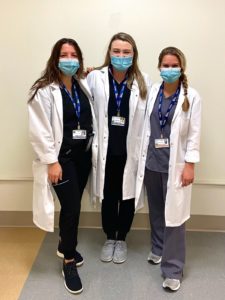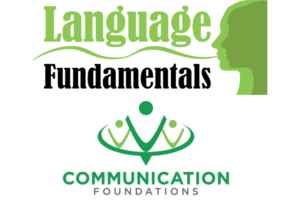In a recent post, we examined 5 common myths about dysphagia. In this edition, we introduce myths 6 through 11.
MYTH 6: Runny nose is an indication of aspiration. Interestingly, some of the geriatric population we work with might present with a runny nose, ESPECIALLY when eating and not otherwise. It used to be considered an indicator of dysphagia. However, it is often a condition called gustatory rhinitis which results in this symptom. Apparently, it has nothing to do with the swallow mechanism.
MYTH 7: Coughing = Aspiration/penetration. A person can cough or throat clear due to multiple reasons including Laryngopharyngeal reflux (LPR) and not just aspiration/penetration. A trained clinician should perform a comprehensive examination to assess the presence or absence of dysphagia.
MYTH 8: Straws cause aspiration A straw is a definite NO for most people having difficulty swallowing liquids. The recommendation of straws is patient-based. Personally, I’ve had a lot of patients with dementia who do better with straws due to the sucking reflex improving the swallowing.
MYTH 9: It’s not Right Lower Lobe (RLL) pneumonia, so he/she probably did not aspirate. Pneumonia developed due to aspiration does not always present in the RLL.
The location of infiltrating does not have to be on the right side all the time. The right is more prone because of its anatomical structure. However, infiltration may also be influenced by a person’s position. The distribution of aspiration depends upon the positioning of the patient during the event.
MYTH 10: Tube feeding prevents aspiration. Oftentimes people assume that if an individual is no longer eating (NPO) and they are on a tube feeding for nutrition and hydration that that person is no longer at risk of aspiration. In fact, tube feedings do not necessarily reduce a patient’s risk for aspiration. Tube feedings can be refluxed and then aspirated.
MYTH 11: Objective evaluations are used to determine only the presence or absence of aspiration. Objective evaluations give much more valuable information than just letting us know the presence or absence of aspiration/penetration. It lets us know the pathophysiology which in turn helps us to develop customized goals to restore swallow function.
SLPs assess different consistencies, posture modifications, and other compensatory strategies to identify the most appropriate diet and the future course of therapy.
Thanks for reading. I hope you enjoyed and would love to hear your thoughts. Please use the comment box below.
About the Author: Ranjini Rajan, CCC-SLP is a Speech-Language Pathologist with Language Fundamentals. Ranjini is originally from India and is a graduate of the All India Institute of Speech and Hearing. She is passionate about bi/multilingualism, cognition, language, and adult speech and language disorders.




I am regular visitor, how are you everybody?This paragraph posted at this web page is genuinely nice.